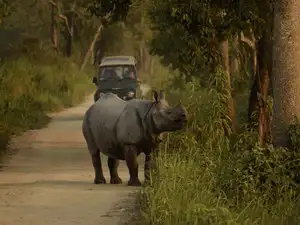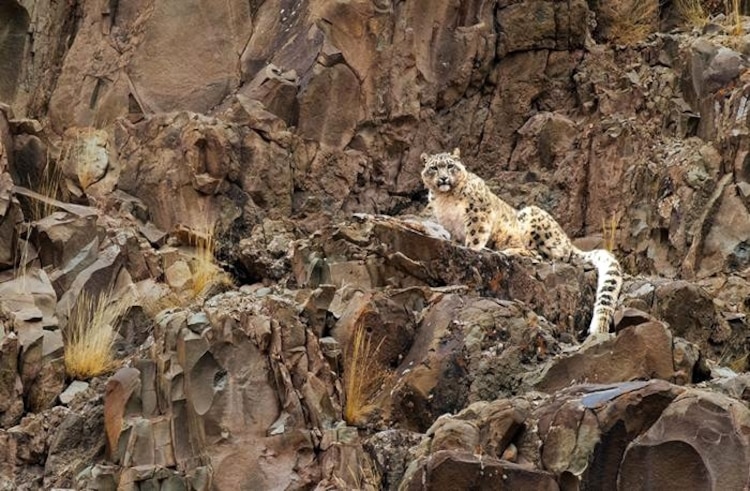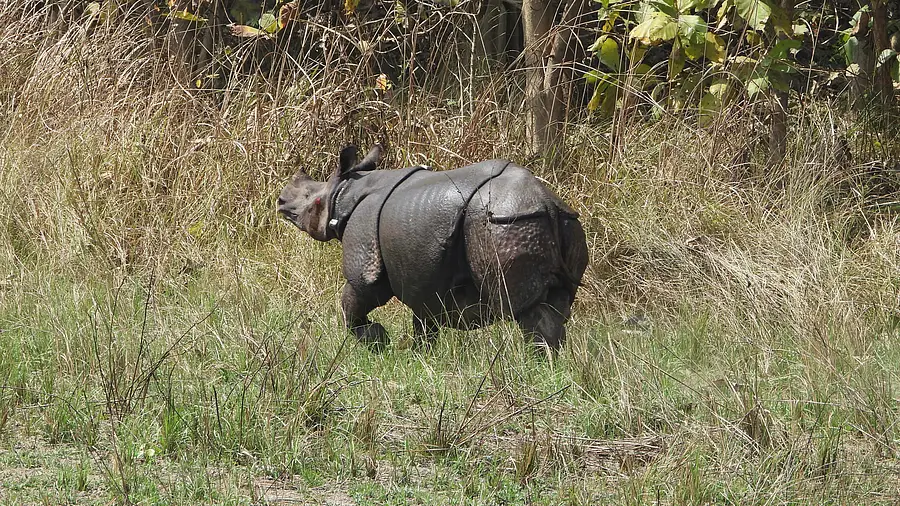 |
| A Bengal tiger in a safari park. |
A new analysis from the global wildlife trade watchdog TRAFFIC reveals a troubling shift: criminal networks are adapting more swiftly than the conservation systems meant to stop them. Despite decades of international safeguards, the illicit trade in tigers is not only thriving but increasingly centered on the trafficking of whole animals—both living and dead. Investigators suggest the surge may be linked to commercial breeding operations, as well as to animals seized soon after poaching or before their bodies can be processed. Rising demand for exotic pets and high-end taxidermy appears to be adding further fuel to this burgeoning trade.
The sixth installment of TRAFFIC’s Skin and Bones series paints an unflinching picture of the global tiger trade. Between 2000 and mid-2025, authorities around the world recorded 2,551 seizures—representing at least 3,808 tigers. From 2020 to June 2025 alone, officials logged 765 incidents, the equivalent of roughly nine tigers seized each month. The single worst year on record was 2019, with 141 cases, closely followed by 139 in 2023. While the majority of incidents occurred within the thirteen countries that still harbor wild tigers—most prominently China, India, Indonesia and Vietnam—nations with no wild populations, including the United States, Mexico and the United Kingdom, also reported significant activity. Although enforcement has strengthened over the years, so too has the sophistication of the illegal trade. Notably, the proportion of seizures involving body parts has dropped from 90 percent in the early 2000s to around 60 percent since 2020, signalling a marked rise in the trafficking of whole carcasses and live animals. In Indonesia, Russia, Thailand and Vietnam, more than 40 percent of confiscations now involve entire tigers.
The report also identifies critical enforcement hotspots: tiger reserves in India and Bangladesh, Indonesia’s Aceh province, the borderlands between Vietnam and Laos, and major consumption hubs such as Hanoi and Ho Chi Minh City. Regional demand patterns vary sharply as well. In the United States and Mexico, the appetite centres on live tigers kept as exotic pets; in Europe, interest leans toward traditional remedies and decorative taxidermy. Across much of Asia, however, the demand remains focused on skins, bones, claws and whole carcasses. Ultimately, TRAFFIC emphasizes that seizures tell only part of the story, urging governments to deepen cross-border cooperation and pursue intelligence-driven, multi-agency operations capable of dismantling the criminal networks behind this relentless trade.
TRAFFIC’s findings amount to a stark warning: law-enforcement bodies and conservation organizations must urgently reinforce their efforts to shield tigers—and countless other imperiled species—from the criminal networks that profit from their decline. The report underscores the need for coordinated, cross-border action capable of dismantling the trafficking chains that span continents. Perhaps most unsettling is the evidence that captive-breeding operations are helping to sustain the black market. Many of these facilities—often referred to as “tiger farms” in China, Thailand and Vietnam—have existed since the 1980s, established expressly to produce a steady supply of animals for their body parts. Their products routinely flow into consumer markets, muddying the waters for investigators trying to distinguish the illegal trade in wild tigers and, in the process, reinforcing and normalizing demand in regions where wealth and consumption are rapidly growing. The report makes clear that rooting out these facilities and closing them permanently is essential. Without a decisive escalation in efforts to interrupt the trade at every link in the chain, the world faces the very real prospect of a future in which wild tigers vanish altogether.






.jpg/2560px-Nilgai_(blue_bull).jpg)


.jpg/1280px-Bandipur_National_Park_(30369384488).jpg)






















